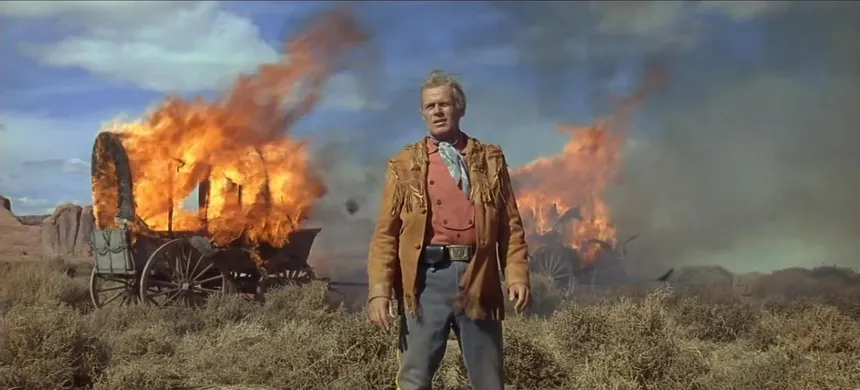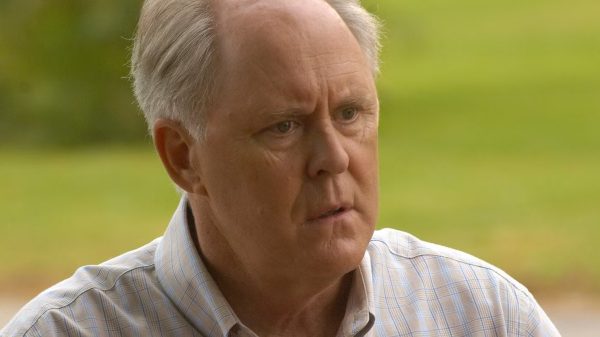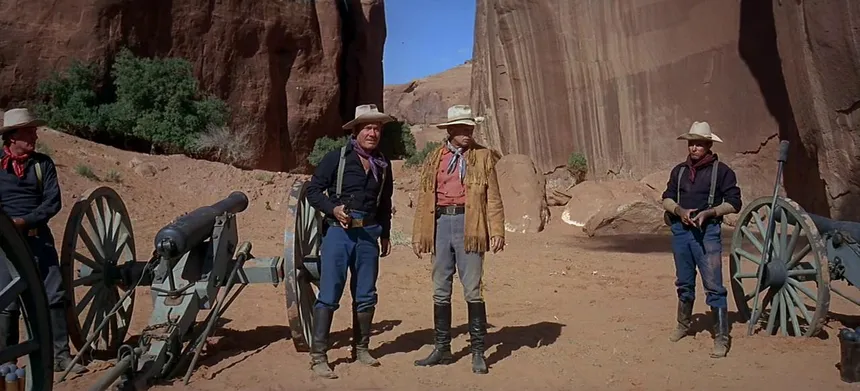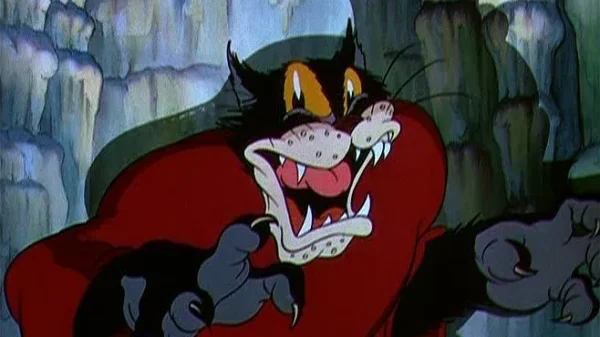John Ford, the legendary director of iconic Westerns, ventured into unexplored cinematic terrain with Hangman’s House in 1928, a melodrama that diverges from his typical genre. This film, adapted from an Irish novel, delves into themes of love, revenge, death, and family through a unique blend of expressionism and experimentalism. Ford’s early silent films in the 1910s were influenced by D.W. Griffith and his brother Francis Ford, shaping a cinematic style that resonated with and contributed to an American mythos. However, Hangman’s House drew inspiration from the Expressionist movement in German cinema, evident in its formalism and subjectivity.
The narrative revolves around Citizen Hogan, an Irish outlaw, who sets out to kill John D’Arcy, a wealthy socialite who had an affair with and deserted Hogan’s late sister in Paris. The story unfolds in a small Irish community, feeling intimate and personal, unlike Ford’s Westerns, which frequently focused on global phenomena. The film’s studio-set Victorian architecture creates a claustrophobic atmosphere, a stark contrast to the panoramic shots of the American West characteristic of Ford’s later work.

A Still From John Ford’s Cheyenne Autumn (Photo: Cheyenne Autumn)
Hangman’s House features Ford’s most surreal and paranormal cinematic elements, including Nostradamus-like visions in the climax. However, the film maintains certain Fordian staples, including archetypal characters, with D’Arcy serving as a sneering villain and Hogan as a charismatic rogue hero. A spectacular horse race, showcasing Ford’s signature editing and camera work, adds a touch of familiarity to the film.
What makes Hangman’s House truly charming is its connection to the Expressionist movement, which influenced Ford’s formalism and subjectivity. This departure from Ford’s typical style makes Hangman’s House a fascinating anomaly in his filmography, offering a refreshing change of pace for those familiar with his Westerns. By exploring new cinematic pathways, Ford demonstrated his versatility and innovation, solidifying his position as a pivotal figure in American cinema.
























